
Our hotel of the month is a resort on a tropical island, surrounded by lush rainforest. It’s also in Singapore, one of the most densely populated places in Asia. Read on to see how The Capella on Sentosa has created a tropical island hideaway, less than 15 minutes from Singapore’s downtown financial district
The arrival
It’s slightly surreal. We got in our car, having finished meetings in Singapore’s hyper-urban financial district, near the landmark Marina Bay tower. Barely 12 minutes later, raising our heads from our phones, we were heading up a winding driveway lined with lush green foliage and surrounded by a tropical forest.

One of the Capella’s three outdoor pools. Photograph by Darius Sanai
We were greeted by a striking, long, whitewashed colonial era building – built for British army officers in the 19th century. Whisked through reception, we were in a garden leading to another long building, modern and curvy – Sir Norman Foster‘s creation, more than 100 years later.
Follow LUX on Instagram: luxthemagazine
Through the arches in Foster’s building we saw glimpses of swimming pools, more foliage and the sea.
The Room
The juxtaposition of old and new British – colonial and Foster – was notable, but our room was something else. We were in a kind of Zen rainforest retreat, the vibe as tranquil as a Balinese yoga hideaway. Open plan yet cosy, it had a bedroom with bed facing the forest and sea through picture windows; the living room had a similar view, and there was a small sheltered (from the frequent tropical rains) balcony to one side.
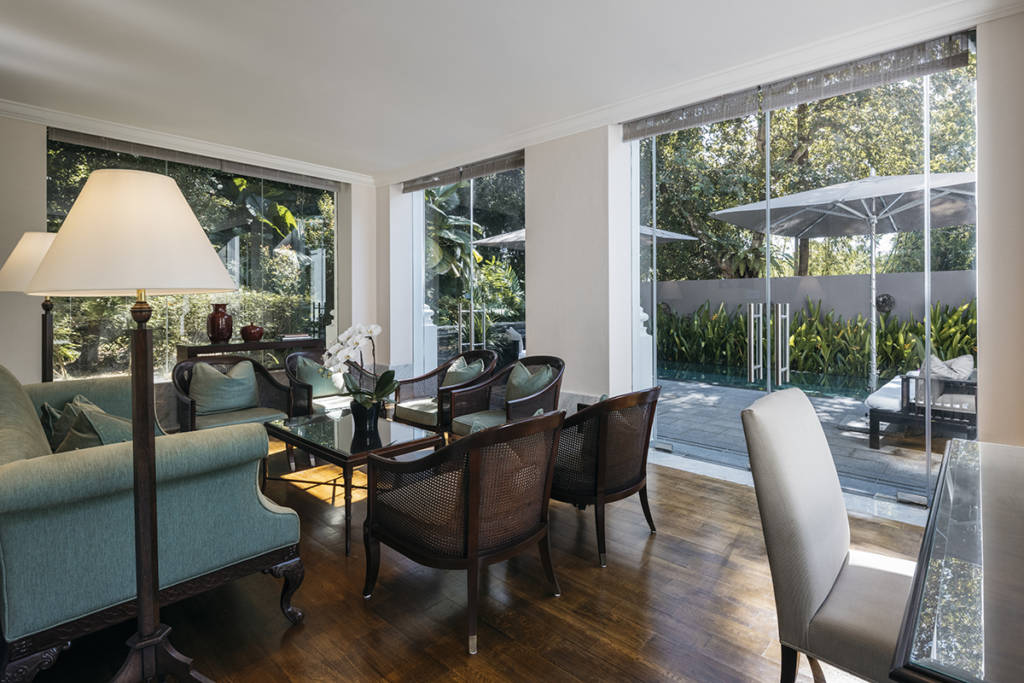
The Colonial Manor sitting area
The bathroom ran the length of both rooms, with a bath overlooking the forests, and a striking sculpture made of a rainforest log as a feature. The art all over the hotel is memorable: the owners are among the most respected art collectors in the region.
Exploring
Landscaped grounds drop down from the back of the hotel into the sea. Mostly, they are occupied by rainforest trees and exotic birds, although there are also three showpiece swimming pools each built on a terrace at a different level. The lowest one, the lap pool, is almost completely surrounded by thick foliage.

Our bathroom overlooked the Singapore Straits
You can chill on the terrace (very attentive wait staff and Aesop Factor 50 suncream in glass bottles await) around any of them; above the top pool is the broad terrace of Fiamma, a new Italian restaurant. We recommend the seafood carpaccios, delicate and beautifully done. There is also an excellent list of Italian wines, including some expertly-chosen Franciacorta, the ideal sparkling wine for a hot climate and often much better than champagne, which can taste gooey in the heat.
Read more: Hôtel Plaza Athénée, Paris Review
Above Fiamma, on a broad terrace, is Cassia, a contemporary Chinese restaurant with light laquered interior designed by the peerless Andre Fu. It also has an expansive bar terrace where you can sip on a grower champagne and ponder the greenery.
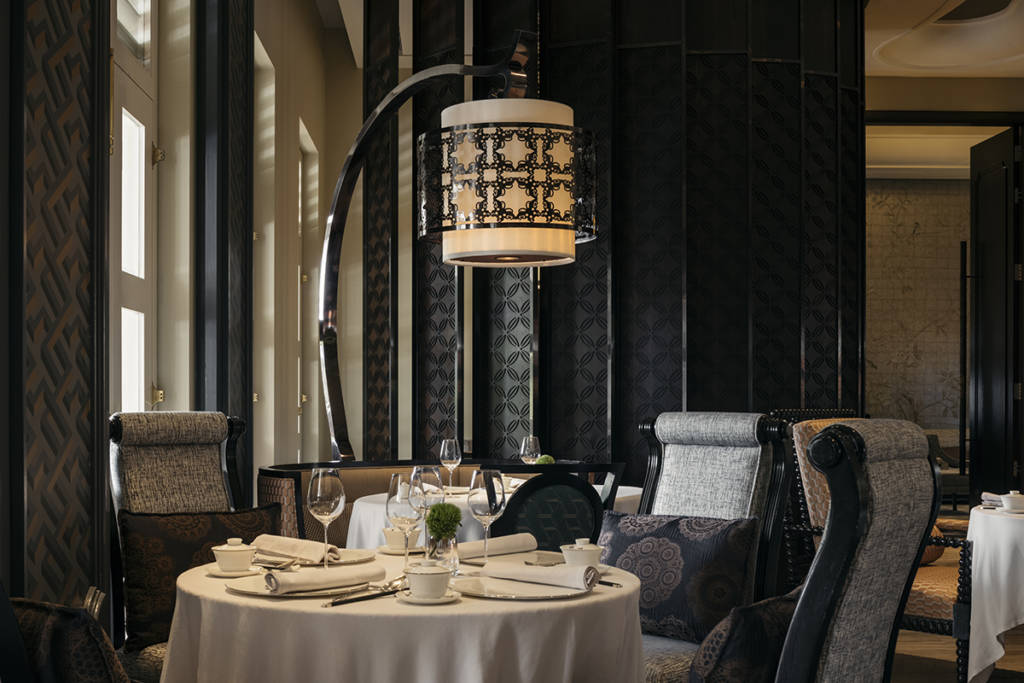
Cassia restaurant serves contemporary Chinese food amid interior splendour designed by Andre Fu
We had a very reviving revitalising treatment at the Auriga spa, which has a delightful little private garden outside its relaxation room: we too several turns of the lawn, enjoying the solitude and greenery.
Drawbacks
Sentosa, the island the Capella is located on, is 15-20 minutes by car from the Marina Bay business district and a little further from the Orchard business and shopping district. So it’s away from the heart of the action, but that’s price worth paying for staying in such a sophisticated tropical island resort, we feel.
Rates: From £740 per night (approx. €840/$915)
Book your stay: capellahotels.com/en/capella-singapore
Darius Sanai



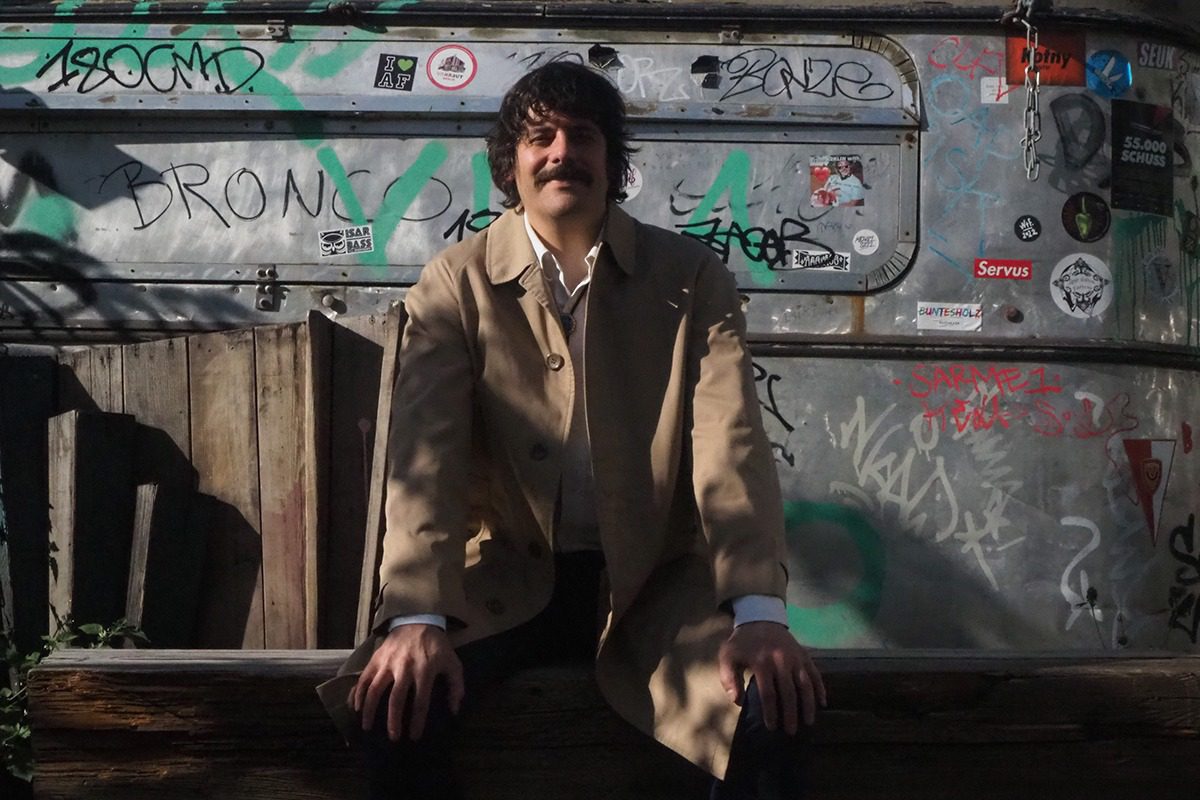
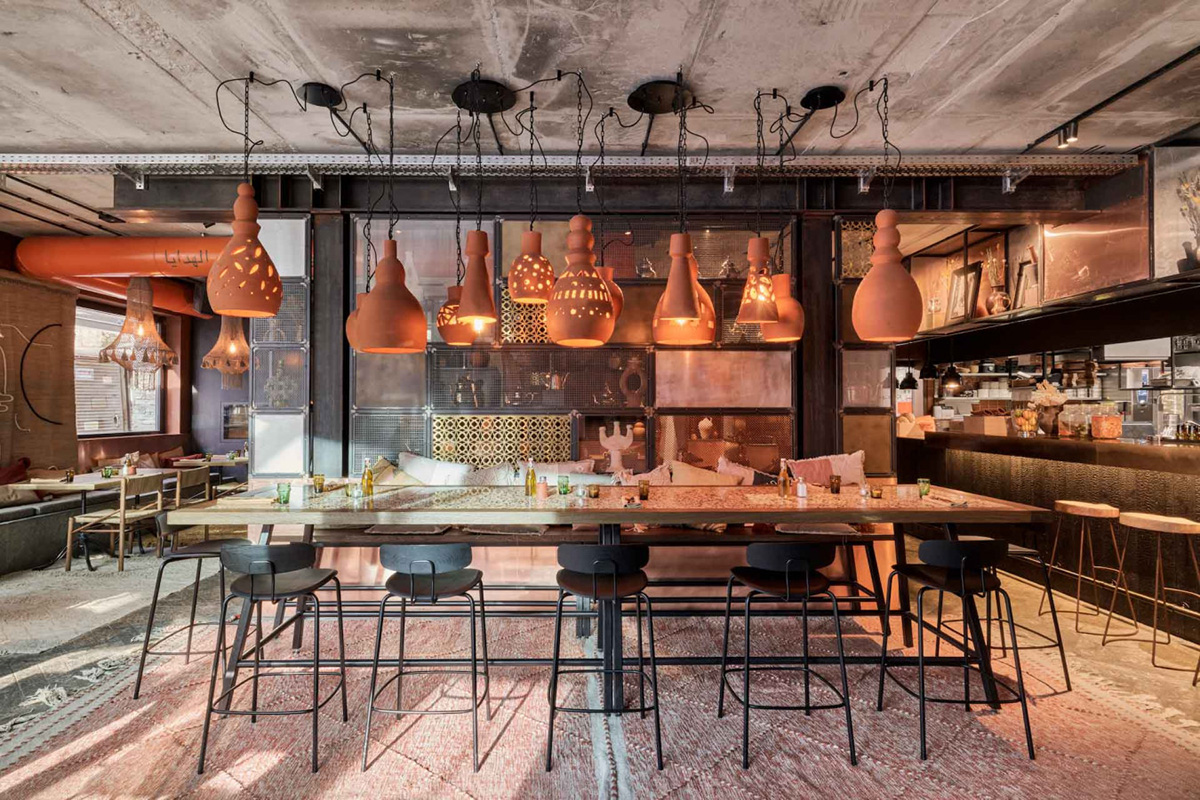




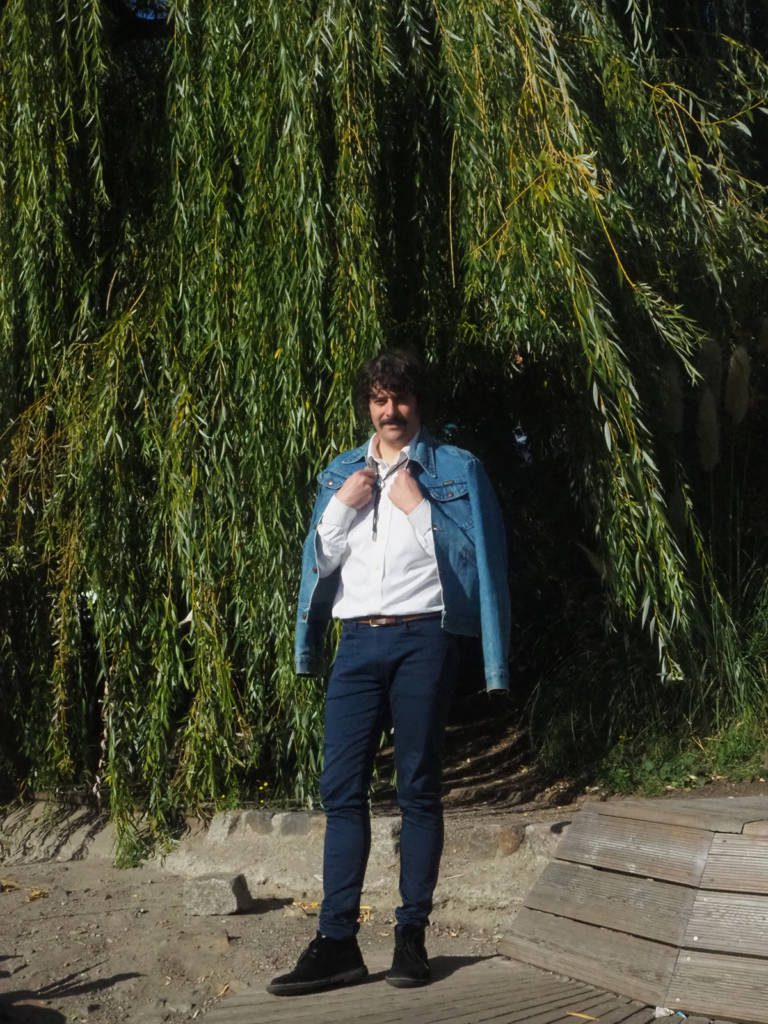
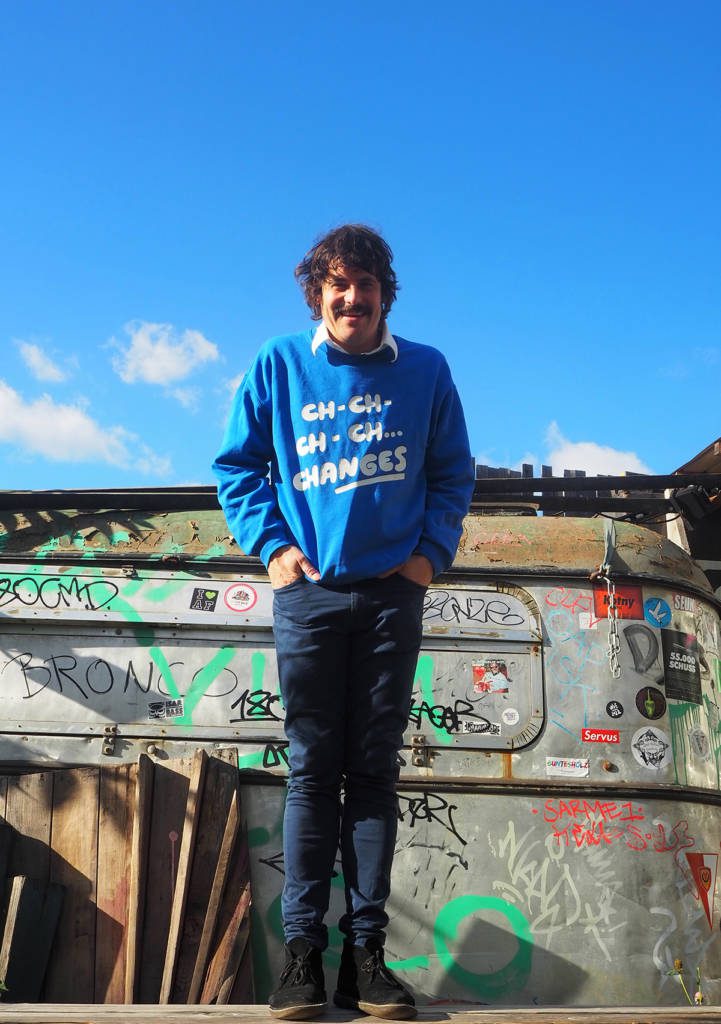
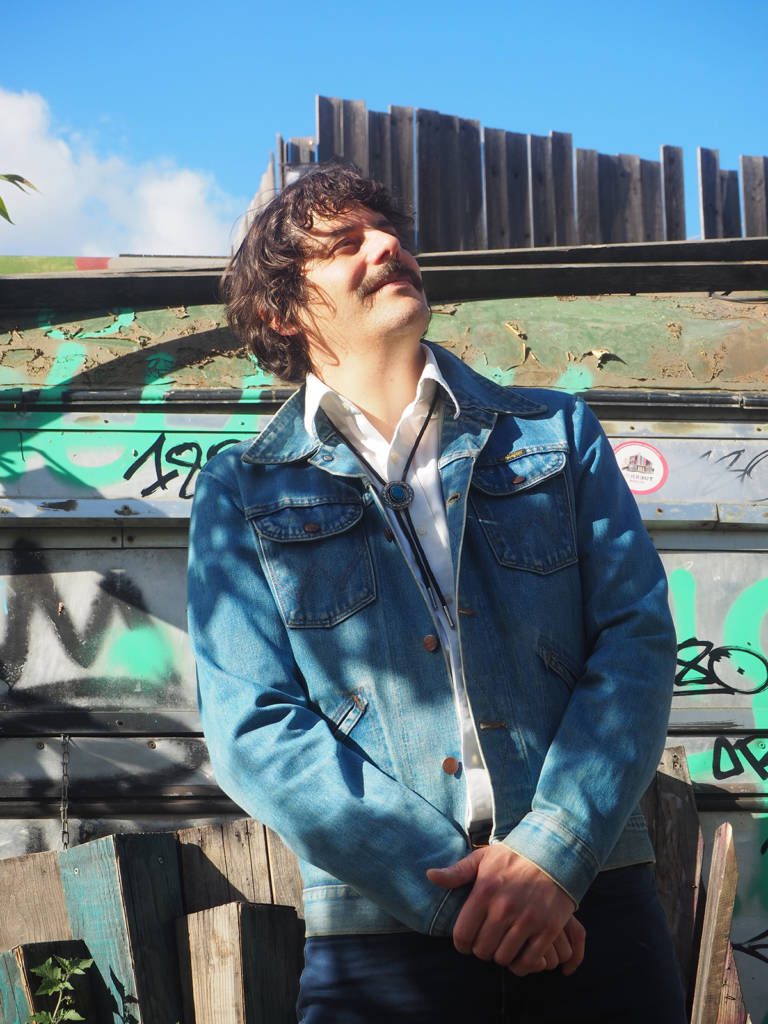





Recent Comments